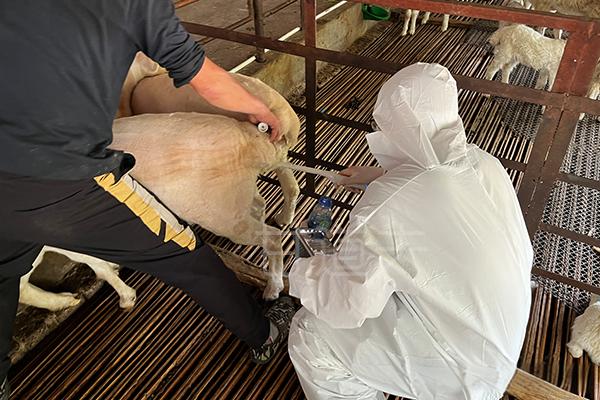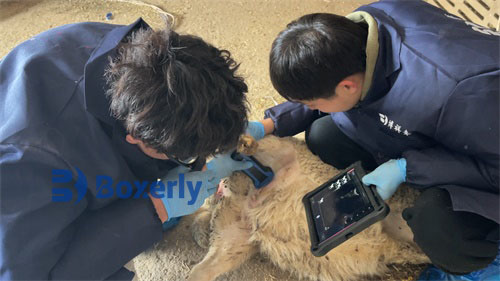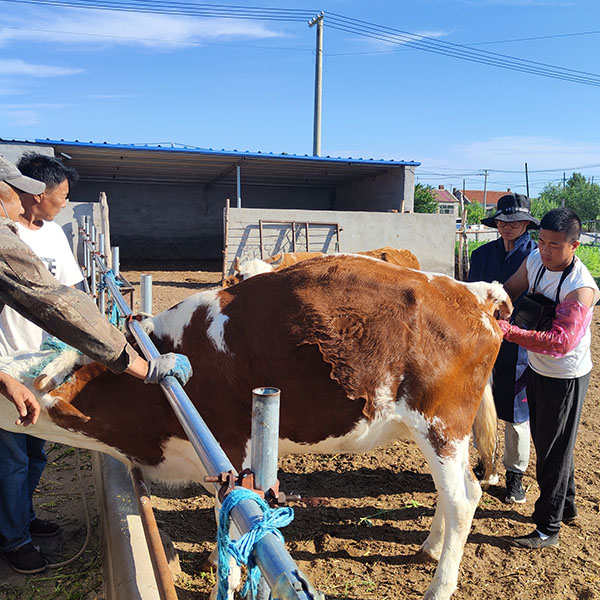The selection of donor ewes should be based on their age range of 1 and a half to 4 years old, having given birth to at least one child, having good fat condition detected by ultrasound, having a healthy reproductive system and no reproductive diseases detected by ultrasound, and having a normal estrus cycle during the estrus season.
During the feeding period, it is necessary to weaned for 30 days, supplement nutrition, and use B-ultrasound to check the backfat thickness of the sheep. Only when the fat condition is restored can they be selected.

If choosing to breed sheep, it is necessary to select sheep that have undergone B-ultrasound examination, are mature, healthy, have no reproductive diseases, have two or more estrus histories, and have a normal cycle.
The method and frequency of embryo transfer surgery are performed using the fallopian tube flushing method 68 to 72 hours after mating. It is best to use the donor sheep no more than twice, and after using it once, use it again after giving birth to one child. At this stage, the sheep should be examined for their reproductive system using ultrasound, which can indicate that there are no reproductive diseases or other sequelae left after embryo flushing, ensuring compatibility with the recipient sheep in the next use. Avoid economic losses.
It is best to use laparoscopic intrauterine embryo aspiration (7 days) no more than 3 times, under the supervision of sheep ultrasound. If the uterus is not contaminated, the wound recovers quickly, and the estrus cycle is normal, embryo aspiration can be performed continuously once.
After the donor sheep undergo embryo flushing, due to the sustained level of exogenous hormones in the body, it is advisable not to mate after the first estrus. After the sheep undergo B-ultrasound examination, it is estimated that some sheep may have disrupted estrus cycles and abnormal ovulation








